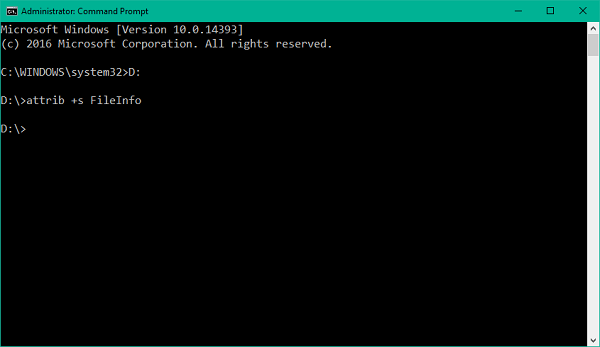

The php.ini is designed to set global settings for your account. Is there any way to use a different php.ini in each domain/folder on the Grid? Any changes you make within your php.ini will be effective within a few moments. No, in fact there is no way or need for customers to restart services on the Grid. FAQs Do I need to restart my service for the changes to take effect? This requires familiarity with Using FTP and SFTP and a plain text editor.

You can download the file locally and edit. Use the following command to start editing: vi php.ini Via FTP Via SSHĪn alternate way to edit your php.ini file would be to connect via SSH as the Server Administrator.Ĭhange directory to the etc folder using this command: cd ~/././etc Your changes will be saved and should take effect right away. Just rename the filename to php.ini and add whatever parameters you need.Īfter you make your edits, click SAVE CHANGES. When you click on the Edit button, you'll see the below window. Inside the /etc folder, you'll see the file. Click the Admin button to the right of your primary domain.Via AccountCenterĪs a Grid user, your easiest option would be to use the File Manager to make the changes. Please take a moment to review the Statement of Support. Installing, configuring, and troubleshooting third-party applications is unsupported by (mt) Media Temple. For example, you're unable to install a WordPress theme or plugin through your WP Dashboard.īefore making any changes, it's a good idea to copy the original settings, both for reference and to easily restore the original if necessary. If you're experiencing difficulty with your web application, you can edit the sample "" php.ini or create a new text file. The most common parameters changed in the php.ini file are: It is used to control variables such as upload sizes, file timeouts, and resource limits. The php.ini file is the default configuration file for running applications that require PHP. Add your desired php changes, then click Save Changes.user.ini file, you can do so at this time by clicking. You should be automatically warped to the public_html folder.While in the dashboard, click File Manager.Click the blue ADMIN button associated to your Shared Hosting server.In order to complete this guide, you will want to update your File Manager settings to Show Hidden Files on your Shared Hosting server. This guide will be using cPanel's File Manager to edit the. Before making any changes, it's a good idea to copy the original settings, both for reference and to easily restore the original if necessary.


 0 kommentar(er)
0 kommentar(er)
